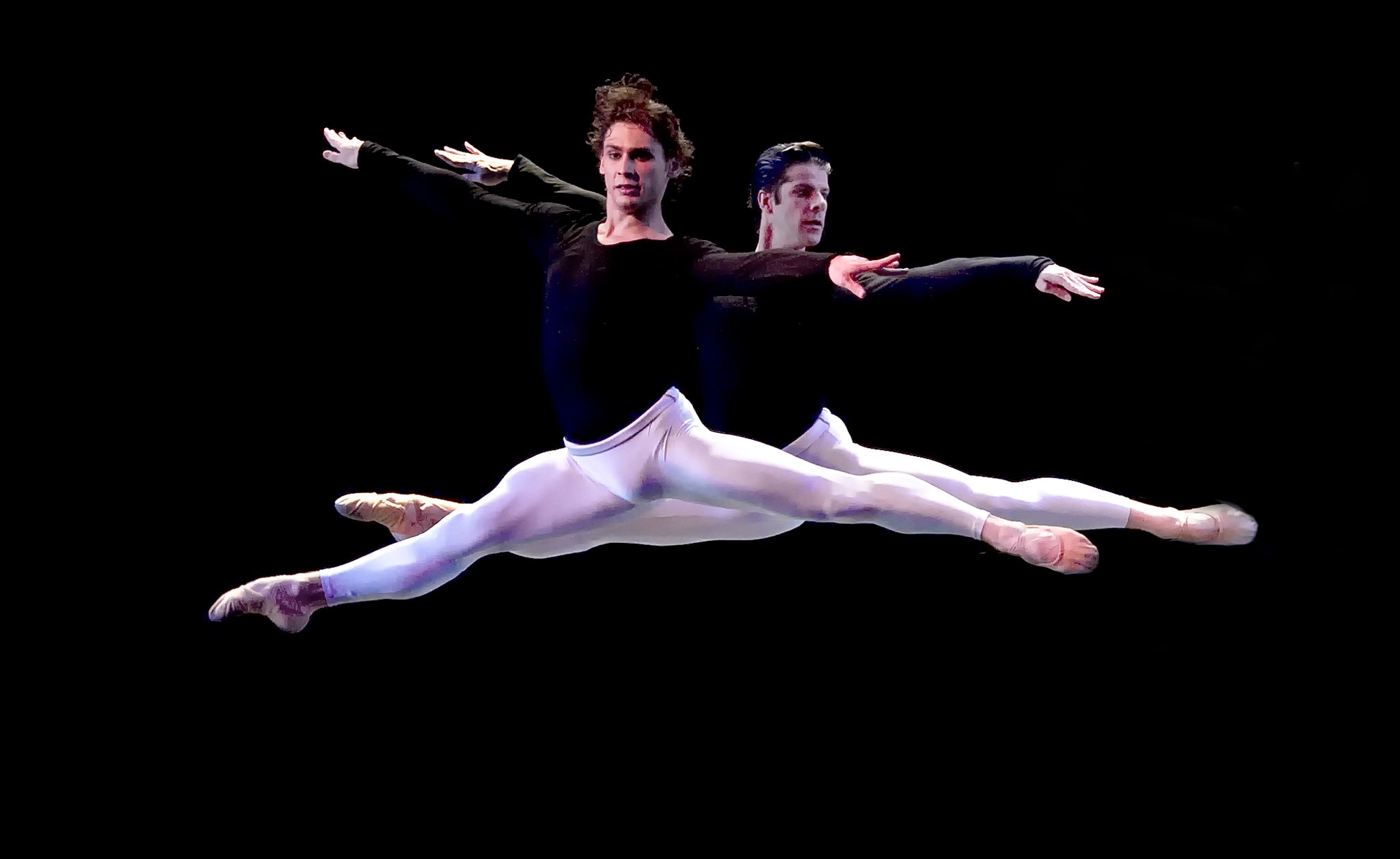Kings of the Dance, review: An uneven night danced with conviction
London Coliseum

Your support helps us to tell the story
From reproductive rights to climate change to Big Tech, The Independent is on the ground when the story is developing. Whether it's investigating the financials of Elon Musk's pro-Trump PAC or producing our latest documentary, 'The A Word', which shines a light on the American women fighting for reproductive rights, we know how important it is to parse out the facts from the messaging.
At such a critical moment in US history, we need reporters on the ground. Your donation allows us to keep sending journalists to speak to both sides of the story.
The Independent is trusted by Americans across the entire political spectrum. And unlike many other quality news outlets, we choose not to lock Americans out of our reporting and analysis with paywalls. We believe quality journalism should be available to everyone, paid for by those who can afford it.
Your support makes all the difference.Kings of the Dance, a gala format celebration of men’s dancing, makes a very mixed bag. It has a starry line-up, including ex-Bolshoi wonder Ivan Vasiliev as its first among equals. Unfortunately, the repertory is less than regal.
For much of ballet’s history, ballerinas have ruled the roost, taking the lion’s share of stage time and adulation. That’s changed: in recent years, the popularity and presence of male stars has grown. Kings of the Dance, created by impresario Sergei Danilian in 2006, features a changing cast of male stars.
For the show’s UK premiere, the kings are Vasiliev, American Ballet Theatre’s Marcelo Gomes, La Scala’s Roberto Bolle, Denis Matvienko of the Mariinsky and Leonid Sarafanov of the Mikhailovsky. It’s an international cast, all with international profiles: ballet has no shortage of male leads. Despite the talent, the show feels flimsy.
The most substantial item is Roland Petit’s 1946 Le Jeune Homme et La Mort, a complete narrative ballet with sets, costumes and the evening’s only woman. Vasiliev has an explosive, youthful quality as Petit’s hero, an artist driven to suicide by a girlfriend who is actually death. He’s rocket-powered in the explosive jumps and acrobatic twists, but shows a sense of desperate need as he reaches out to Svetlana Lunkina’s Death. She’s a steely presence, with an avid little face under her black bobbed wig, greedy for her victim.
Le Jeune Homme’s complex set requires two long intervals, skewing the tempo of the whole show. The evening opens with Sarafanov, Matvienko and Gomes in Nacho Duato’s whimsical Remanso. Hands reach around a screen, sometimes holding a rose; dancers pop behind it or climb over it. The three men are polished, but the ballet doesn’t go anywhere.
In a male duet from Petit’s Proust, Matvienko and Gomes mirror or grapple with each other. With its beige body tights and braced poses, the duet looks dated, but Gomes partners with noble sensitivity.
Massimiliano Volpini’s Prototype casts the elegant Roberto Bolle as a character in a video game. As he dances, projections show the geometric lines and angles of his movements. It’s a nice joke, but Prototype loses its way when it tries to evoke different ballets.
Sarafanov is badly miscast in Leonid Jacobson’s Vestris a solo designed to show a dancer’s versatility. Playing the celebrated 18th-century dancer, Sarafanov sketches different “characters”, from doddery old man to skipping child – but he gives them all the same mannered, sugary style, with no contrast and no charm.
Vasiliev is the hero of the night. In Patrick de Bana’s angsty solo Labyrinth of Solitude, he suffers vague torments and hurls himself into sizzling leaps and turns. The material is slight, but he dances it with heartfelt conviction.
Gomes choreographed KO’D, the show’s finale. All five men romp through leaps and turns, a cheerful, flashy ending to an uneven night.
Until 22 March. Box office 020 7845 9300
Join our commenting forum
Join thought-provoking conversations, follow other Independent readers and see their replies
Comments